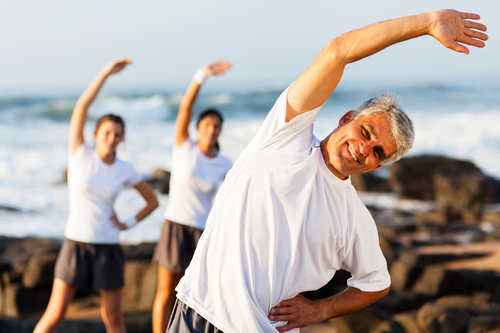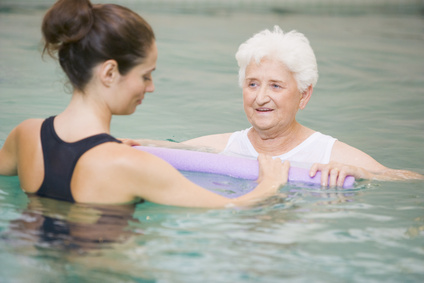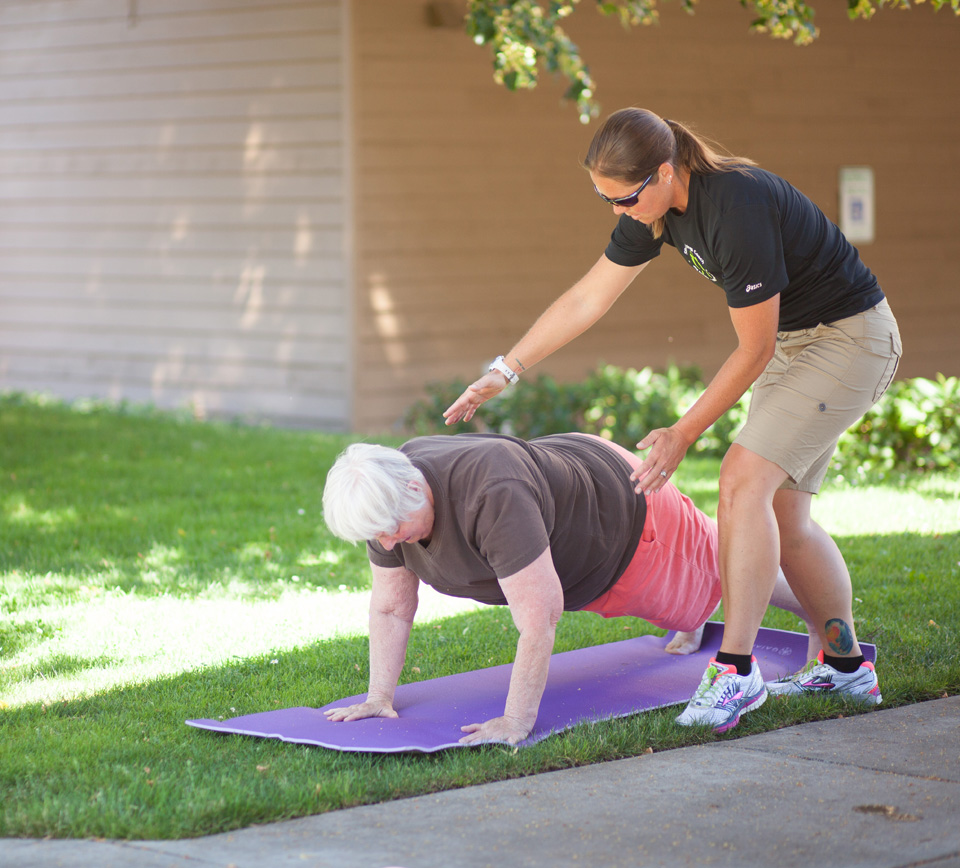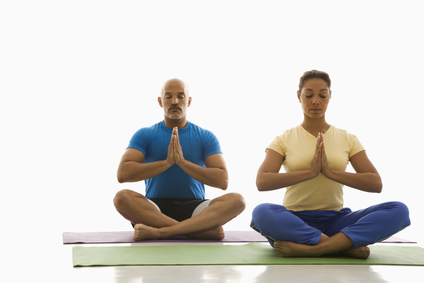Active Aging – Aquatic Exercise Benefits both the Musculoskeletal and Cardiovascular Systems
More and more studies are showing the tremendous benefits of aquatic exercise. Exercising aquatically offers specific benefits to the increasing aging population as a vast percentage of this population fail to exercise sufficiently to stave off chronic conditions.








